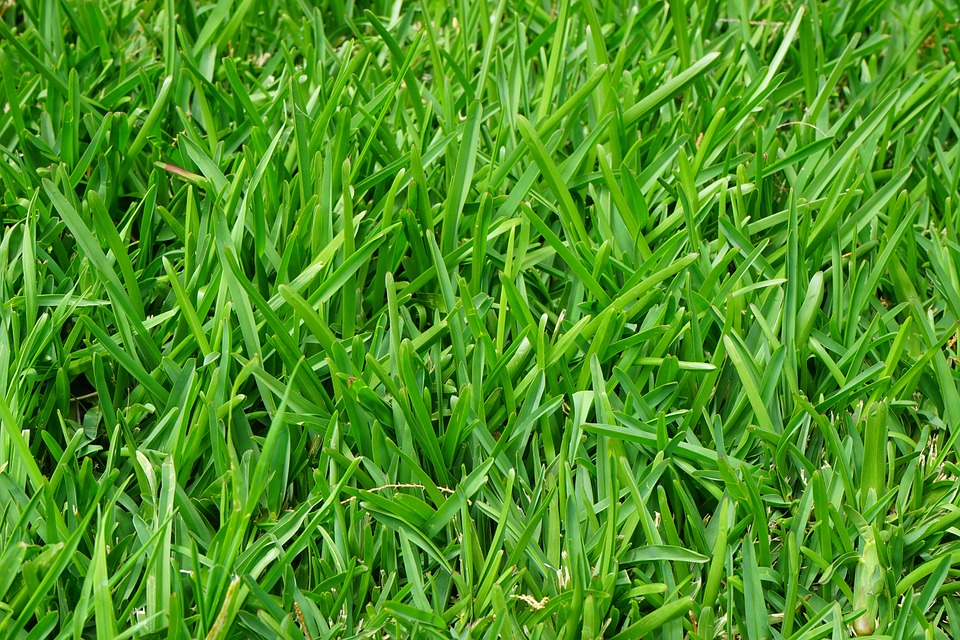Fall is the best time for Fescue Overseeding. The fall nights are cooler and the days are brief. This allows the ideal conditions for fescue seeds to grow. Fescue seeds retain water in fall. Fescue seeds flourish without the harshness of the summer.
Check out the rest of our blog!
Why not Overseed in the spring?
Fescue is a cool season grass. It will not grow at high temperatures in spring or summer. Fescue that gets planted in spring will not reach the height it is meant to. Aeration, normally done in fall, needs to occur on a fescue lawn before overseeding. The aerating loosens the soil under the grass and makes it easier to overseed the fescue. Aeration should be done at the growing time for fescue which is fall. This is why Fescue Overseeding takes place in the fall.
Why Overseed?
Fescue lawns that are not overseeded will grow old and decay. Even if the lawn is mowed regularly, the grass will not be able to grow properly. Fescue has trouble growing while competing with weeds and other lawn diseases. Excess grass on a lawn causes the healthy grass underneath to die. The excess grass is thatch. Removing thatch, lets the grass underneath grow. It also will sustain itself with nutrients without being blocked.
How to Overseed Fescue
Aerate the soil before spreading fescue seed. This ensures the seeds will penetrate the soil. Apply fertilizer with the seeds to prevent the aerated holes from drying. Seeds will germinate quicker after fertilizing. Water the fescue once or twice a day until the grass begins to grow. Fescue seeds will need two weeks or more to sprout and begin growing. Mow the fescue until spring, when it grows slower.

